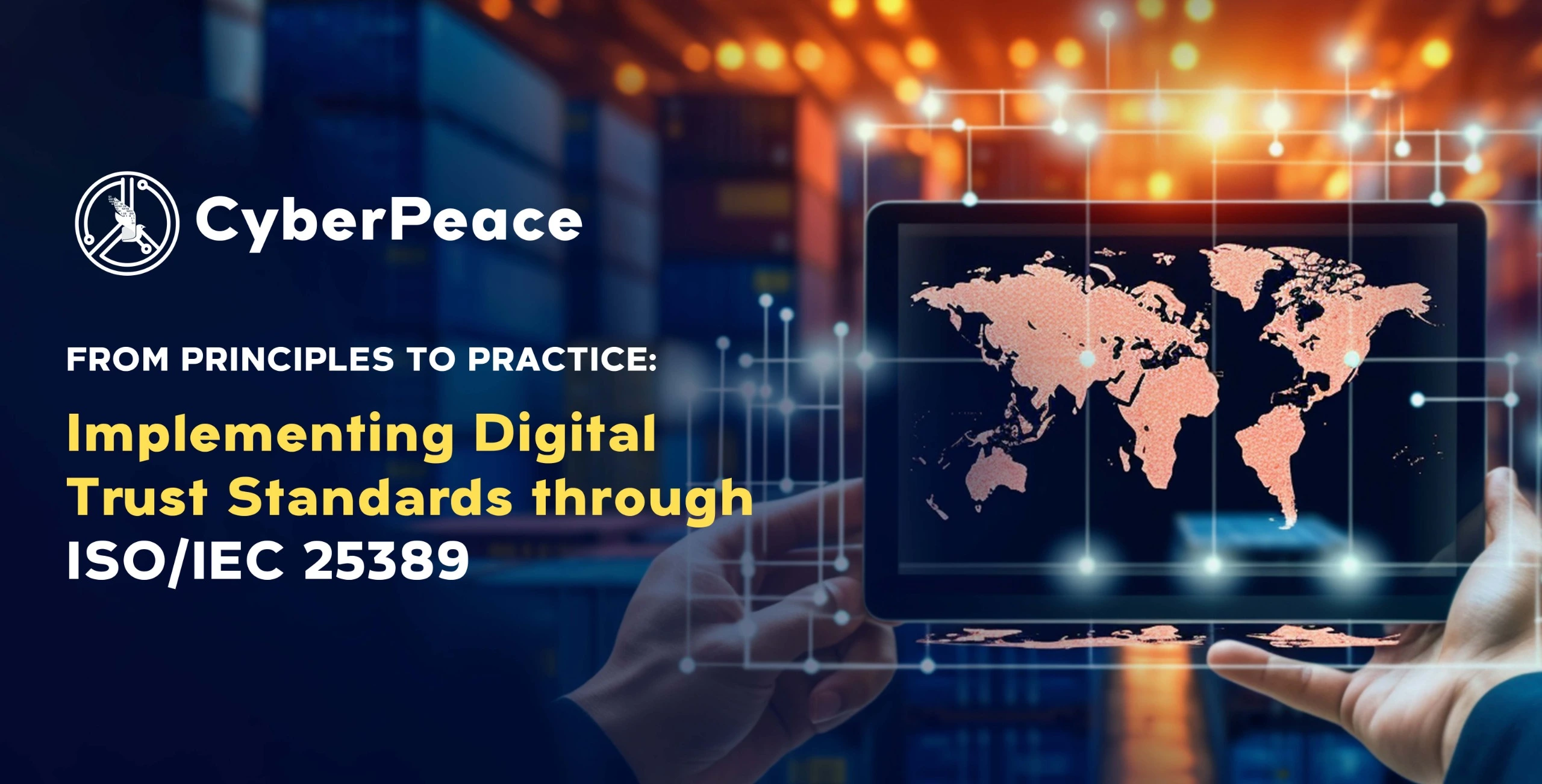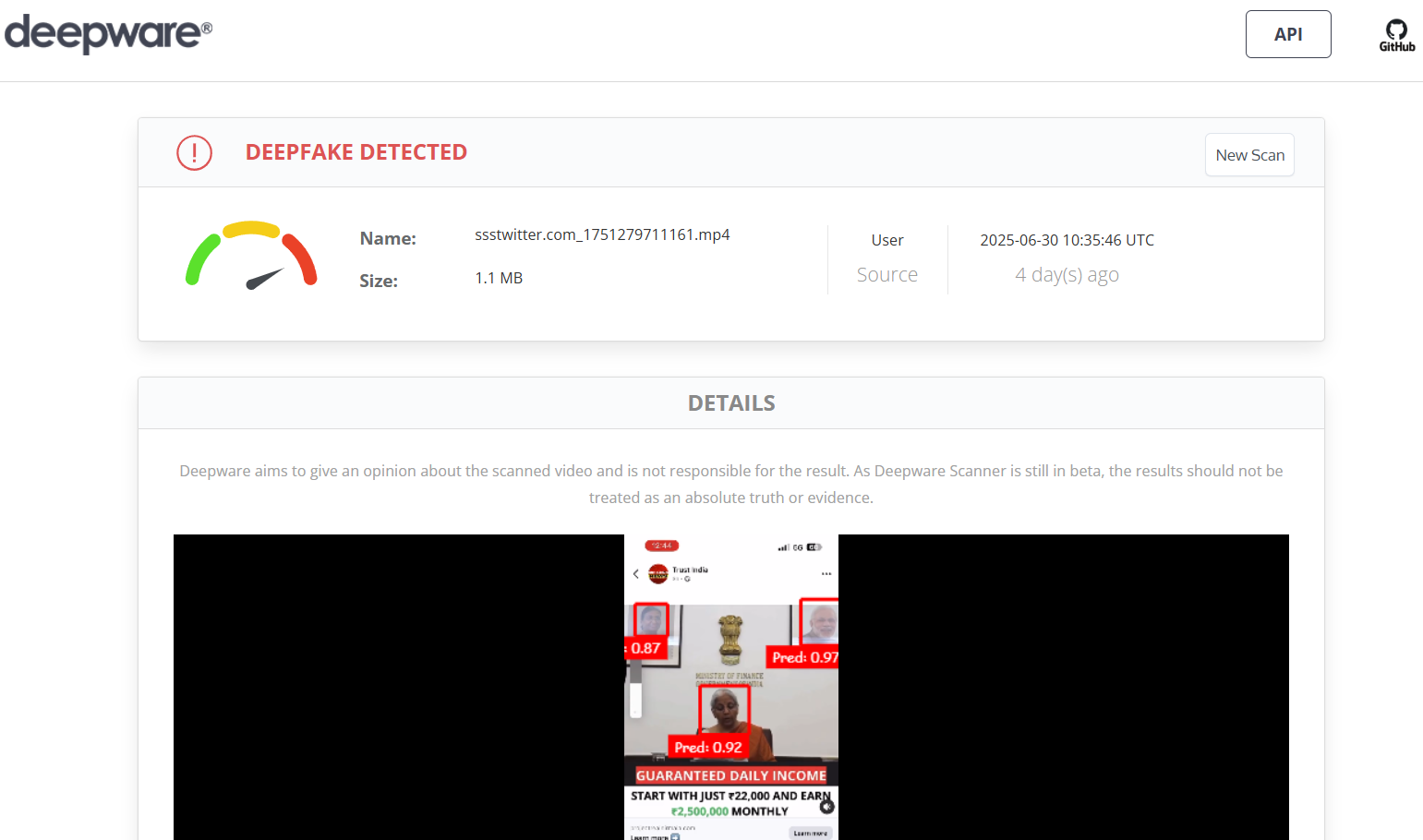Enhancing Healthcare with Artificial Intelligence and IoT
Introduction
The Indian healthcare sector has been transforming remarkably. This is mainly due to the development of emerging technologies such as AI and IoT. The rapid adoption of technology in healthcare delivery such as AI and IoT integration along with telemedicine, digital health solutions, and Electronic Medical Records (EMR) have enhanced the efficacy of hospitals, driving growth. The integration of AI and IoT devices in healthcare can improve patient care, health record management, and telemedicine and reshape the medical landscape as we know it. However, their implementation must be safe, with robust security and ethical safeguards in place.
The Transformative Power of AI and IoT in Revolutionising Healthcare
IoT devices for healthcare such as smartwatches, wearable patches, and ingestive sensors are equipped with sensors. These devices take physiological parameters in real-time, including heart rate, blood pressure, glucose level, etc. This can be forwarded automatically from these wearables to healthcare providers and EHR systems. Real-time patient health data enable doctors to monitor progress and intervene when needed.
The sheer volume of data generated by IoT healthcare devices opens avenues for applying AI. AI and ML algorithms can analyse patient data for patterns that further provide diagnostic clues and predict adverse events before they occur. A combination of AI and IoT opens avenues for proactive and personalised medicine tailored to specific patient profiles. This amalgamation can be a bridge between healthcare accessibility and quality. And, especially in rural and underserved areas, it can help receive timely and effective medical consultations, significantly improving healthcare outcomes. Moreover, the integration of AI-powered chatbots and virtual health assistants is enhancing patient engagement by providing instant medical advice and appointment scheduling.
CyberPeace Takeaway, the Challenges and the Way Forward
Some of the main challenges associated with integrating AI and IoT in healthcare include cybersecurity due to data privacy concerns, lack of interoperability, and skill gaps in implementation. Addressing these requires enhanced measures or specific policies, such as:
- Promoting collaborations among governments, regulators, industry, and academia to foster a healthcare innovation ecosystem such as public-private partnerships and funding opportunities to drive collaborative advancements in the sector. Additionally, engaging in capacity-building programs to upskill professionals.
- Infrastructural development, including startup support for scalable AI and IoT solutions. Engaging in creating healthcare-specific cybersecurity enhancements to protect sensitive data. According to a 2024 report by Check Point Software Technologies, the Indian healthcare sector has experienced an average of 6,935 cyberattacks per week, compared to 1,821 attacks per organisation globally in 2024.
Conclusion
The Deloitte survey highlights that on average hospitals spend 8–10% of their IT budget on cybersecurity techniques, such as hiring professionals and acquiring tools to minimise cyber-attacks to the maximum extent. Additionally, this spending is likely to increase to 12-15 % in the next two years moving towards proactive measures for cybersecurity.
The policy frameworks and initiatives are also carried out by the government. One of the Indian government's ways of driving innovation in AI and IoT in healthcare is through initiatives under the National Digital Health Mission (NDHM), the National Health Policy and the Digital India Initiative.
Though the challenges presented by data privacy and cyber security persist, the strong policies, public-private collaborations, capacity-building initiatives and the evolving startup ecosystem carry AI and IoT’s potential forward from the thoughtful merging of innovative health technologies, delivery models, and analytics. If the integration complexities are creatively tackled, these could profoundly improve patient outcomes while bending the healthcare cost curve.
References
- https://www.ndtv.com/business-news/indian-healthcare-sector-faced-6-935-cyberattacks-per-week-in-last-6-months-report-5989240
- https://www.businesstoday.in/technology/news/story/meity-nasscom-coe-collaborates-with-start-ups-to-enhance-healthcare-with-ai-iot-458739-2024-12-27
- https://www2.deloitte.com/content/dam/Deloitte/in/Documents/risk/in-ra-deloitte-dsci-hospital-report-noexp.pdf
- https://medium.com/@shibilahammad/the-transformative-potential-of-iot-and-ai-in-healthcare-78a8c7b4eca1










